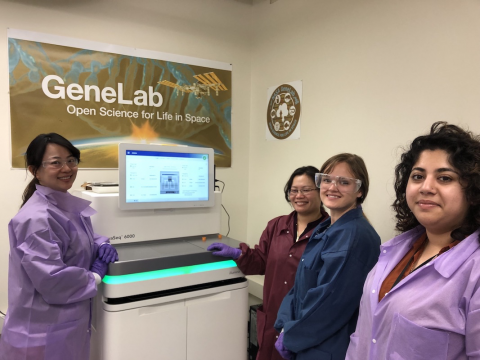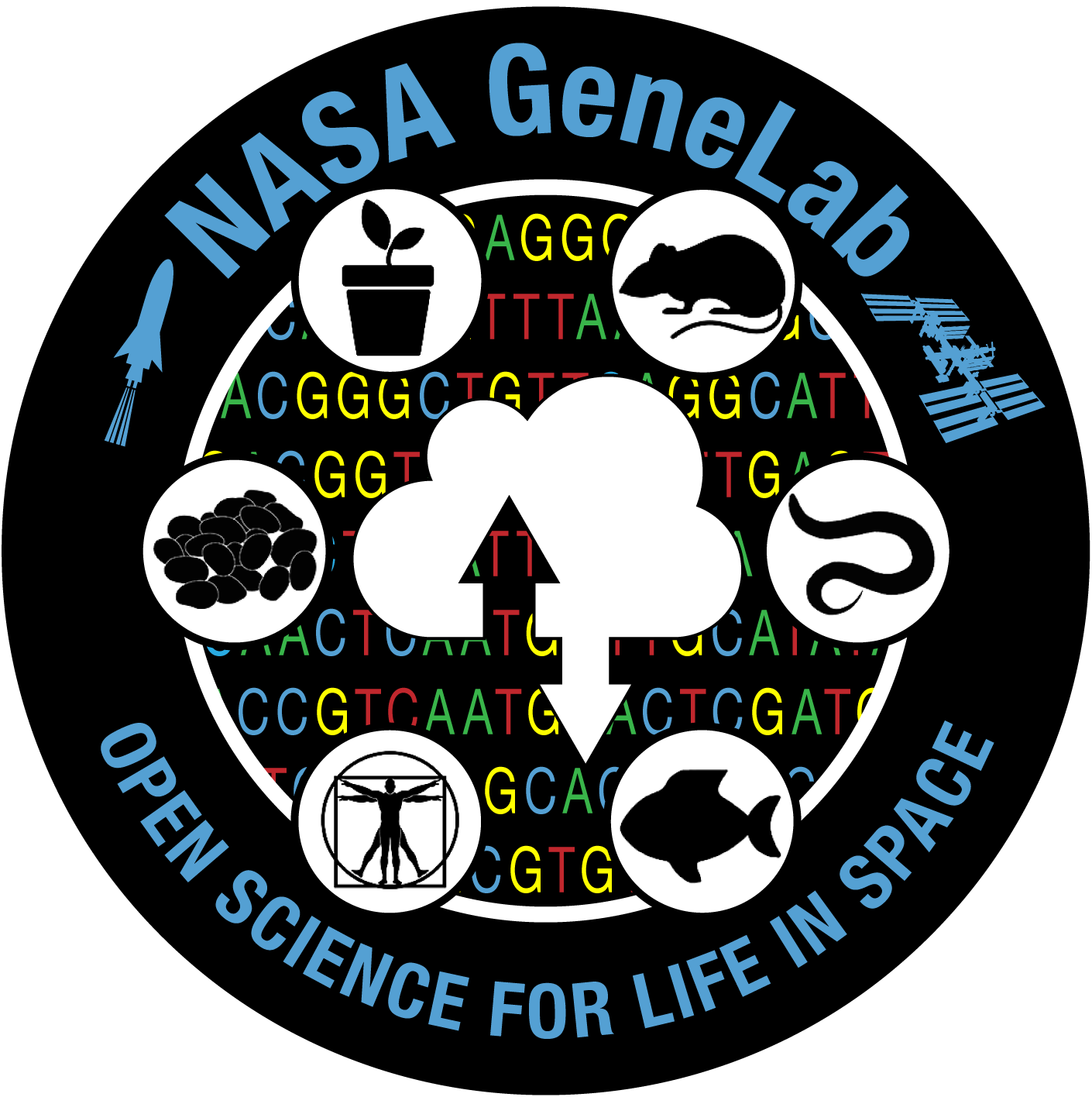
GeneLab’s Sample Processing Lab (SPL) uses Next Generation Sequencing capabilities to process omics data. Two datasets were derived from a freezing study that assessed whether methods used in rodent research missions could confound data analysis. Methods considered as potential confounding factors include multiple euthanasia, freezing, and specific tissue preservation protocols. All aspects of the experiment, including experiment design, tissue dissection, tissue extraction, library preparation, and DNA sequencing were performed by the SPL and GeneLab’s science team.
The freezing study datasets include:
To increase the amount of omics data available from experiments, GeneLab collaborated with Dr. Xiao Wen (Vivien) Mao at Loma Linda University to fund the processing of additional tissues from her NASA Space Biology ground study, “Role of Oxidative Stress in Mediating the Effects of Combined Exposure to Simulated Microgravity and Radiation on Neurovascular Remodeling in Mouse” (NNX13AL97G). This study investigated the effects on the mouse retina in spaceflight-like conditions - low-dose radiation and hindlimb unloading, either alone or in combination. In addition to brain (OSD-202) and retina (OSD-203) samples processed at Loma Linda University, GeneLab’s SPL received and processed dorsal skin and spleen tissues from this study for which transcriptomic data are available:
There are almost 300 omics spaceflight and ground studies datasets available for download in GeneLab’s data repository. Check it out.

